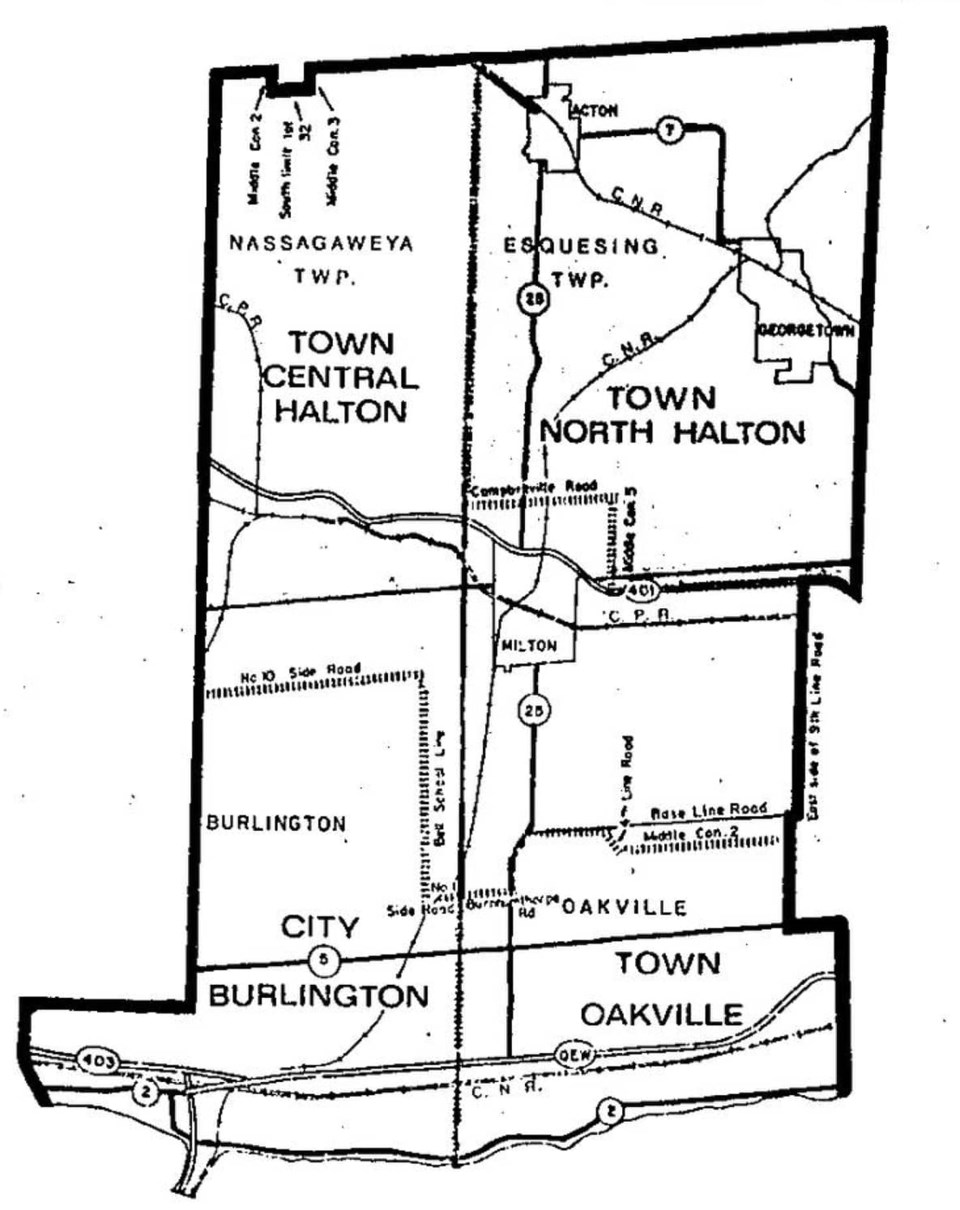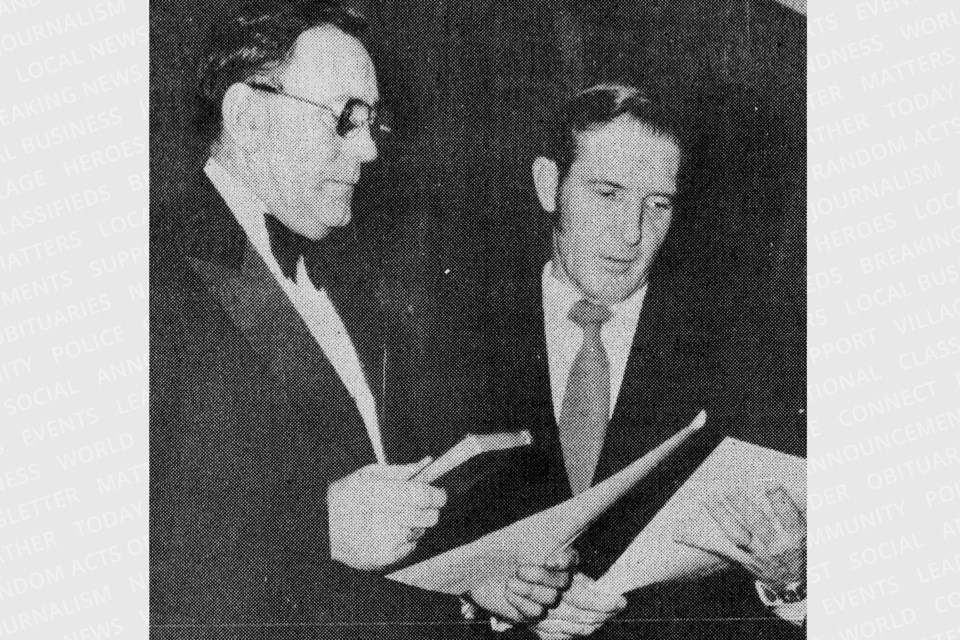Jan. 1, 2024 marks 50 years since the formation of the Town of Halton Hills - a move that saw the amalgamation of Esquesing Township, Acton and Georgetown.
It was first reported, in January 1973, that the province had a plan to reform Halton County into a regional municipality, which would take effect in 1974. Some local politicians were skeptical and questioned the pending changes, fearing increased taxes, disproportionate services, or being under-represented at regional council.
Interestingly, following the announcement of regionalization, an on-the-street survey was conducted by the Acton Free Press, which found respondents to be mostly in favour of the change.
By June 1973, legislation was passed by the provincial government, under then-premier Bill Davis, that would see Halton County become a regional municipality with four areas of local government.

The four municipalities to be formed were initially labelled as North Halton, Central Halton, City of Burlington and Town of Oakville. The province’s decision to eliminate multi-tier governing and reduce it to a two-tier system, was to streamline local government and to ultimately cut costs. North Halton was originally drafted to include Esquesing, Acton, Georgetown and Nassagaweya Township, but the latter was soon merged with Milton.
As regionalization drew near, in late July, Oakville Reeve Allan Masson was appointed as Halton Region’s inaugural chair. Meanwhile, closer to home, candidate nominations were being filed and municipal logistics were being sorted out for the proposed municipality of North Halton. Those logistics included where the Town Hall would be and the merging of services, such as hydro and road maintenance.
Ultimately, it was decided that the Town Hall for the newly-formed municipality would be located in the former Esquesing Township office in Stewarttown, given its central location.
At election time, not only could residents vote for candidates, but they also had the opportunity to select a name for the newly-formed town. The three names on the election ballot were North Halton, Esquesing and Halton Hills, and the latter was selected with over 3,900 votes - a name that remains to this day.
Once the Oct. 1 election was held, the first mayor elected for the newly-formed Halton Hills was coincidentally former Esquesing Reeve Tom Hill, with the Acton Free Press reporting his victory as “It’s Halton Hills and Hill’s Halton.”
On Jan. 1, 1974, the Town of Halton Hills officially came into effect and the new council was sworn in Jan. 3 at the council chambers in Stewarttown. Initially, there were some kinks regarding town services, but those were smoothed out within the first few months of the Town’s inception.
Since the amalgamation of Halton Hills, there have been many changes over the past half century, including a rise in population from 32,200 in 1974 to 63,000 today, the construction and expansion of recreational facilities, and the opening of the new Town Hall in 1989.
Even with all these changes, the Town of Halton Hills continues to preserve the historic communities of Acton and Georgetown, along with the smaller areas of Glen Williams, Hornby, Limehouse, Norval and Stewarttown, which is being celebrated through the “Recognizing the Communities of Halton Hills” theme for the Town’s 50th anniversary celebrations.
Article written by Scott Brooks, with information from Dills Collection/Acton Free Press/HHPL.



